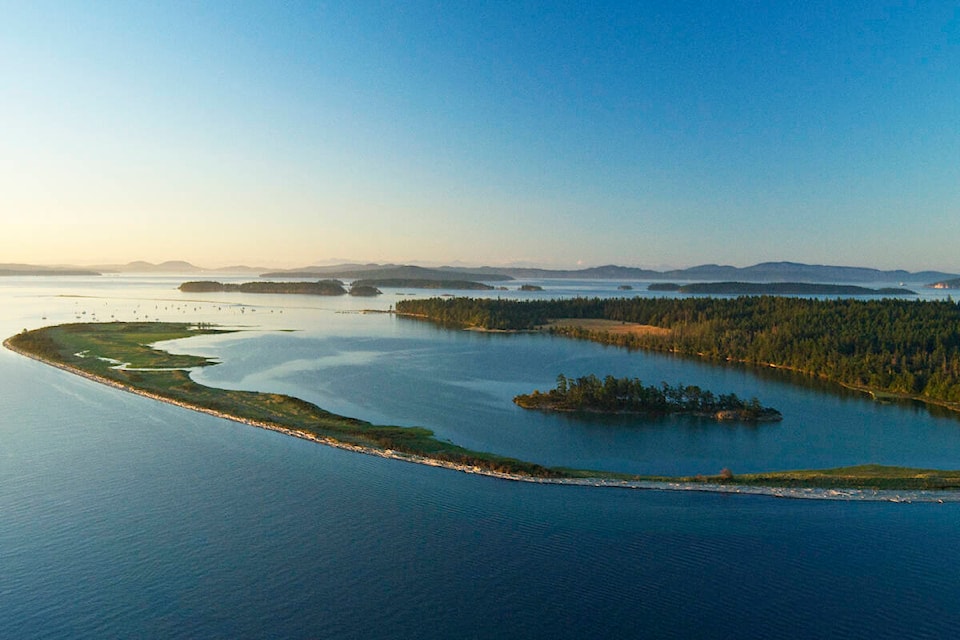Parks Canada has responded to a low-tax advocacy group’s criticism of deer eradication efforts on Sidney Island, clarifying that the cost to address the invasive deer issue is actually $5.9 million as had previously been reported, but that overall habitat restoration efforts will cost roughly $12 million.
“Costs of the overall restoration project, which is currently budgeted at just under $12 million over multiple years, include much more than addressing the issue of fallow deer,” reads a statement from Parks Canada.
The Canadian Taxpayers Federation had held a news conference on May 22 in front of the B.C. legislature questioning program costs, asserting the $12 million price tag was much higher than initial estimates.
These added expenses also encompass vegetation restoration, invasive plant removal, fencing installation, outreach efforts and scientific study, according to Parks Canada.
The deer removal plan is aimed at getting invasive European fallow deer off the island to restore the native coastal Douglas Fir ecosystem in Gulf Islands National Park Reserve.
The tax group had sharply criticized the hiring of foreign hunters to shoot deer from helicopters, instead of using what the group insists would be much more cost-efficient measures involving local hunters.
According to its statement, Parks Canada did hire a Canadian-based firm to do the work, which in turn brought in specialists to do the work from outside Canada after being unable to find the right workers within the country.
That contract was only for phase one of the work, and the total amount spent was just shy of $800,000.
On the issue of whether local hunters were adequately keeping the deer population under control already — as the tax group also asserted — Parks Canada said this has not worked up to this point.
“After 40 years of unsuccessful population control of invasive fallow deer, including community hunting initiatives, interested parties came together to carefully plan a long-term solution to the problem: managing invasive plants, reestablishing native plants, and completely removing invasive fallow deer,” Parks Canada’s statement says.
Parks Canada also clarified this work is not really a “cull,” but rather a complete eradication of deer on the island.
READ MORE: Tax group slams Parks Canada spending on Sidney Island deer cull
